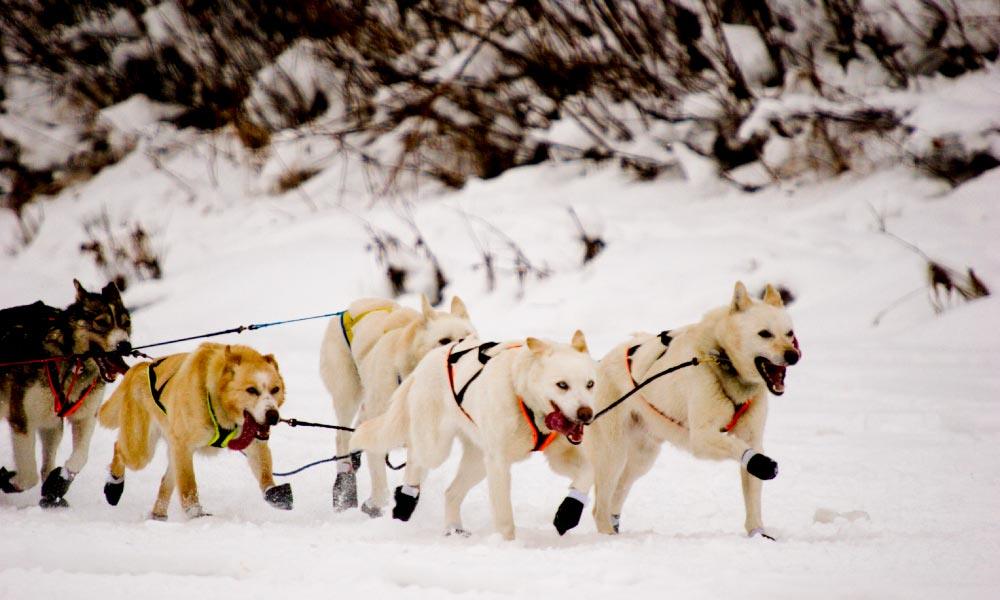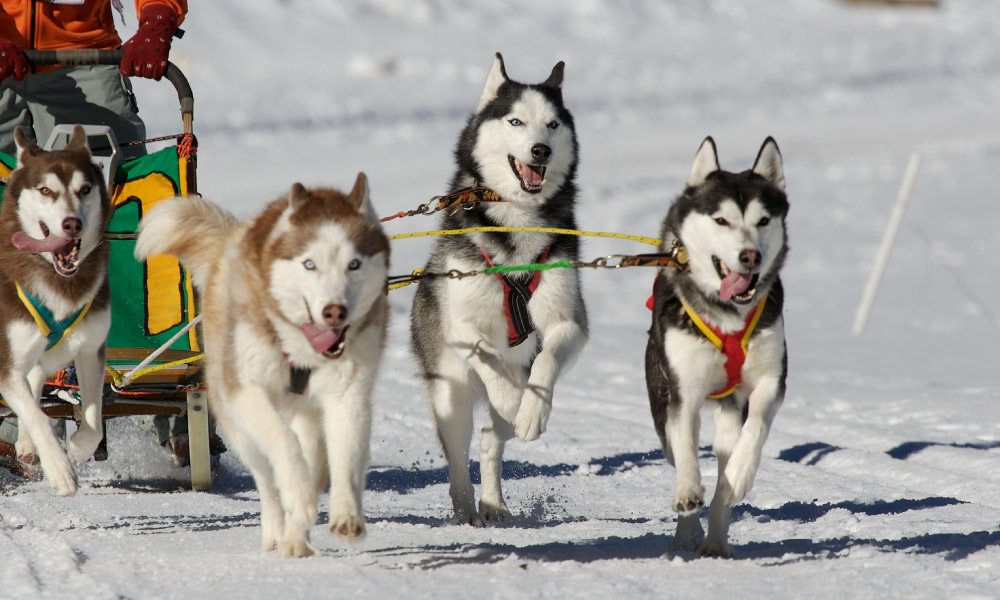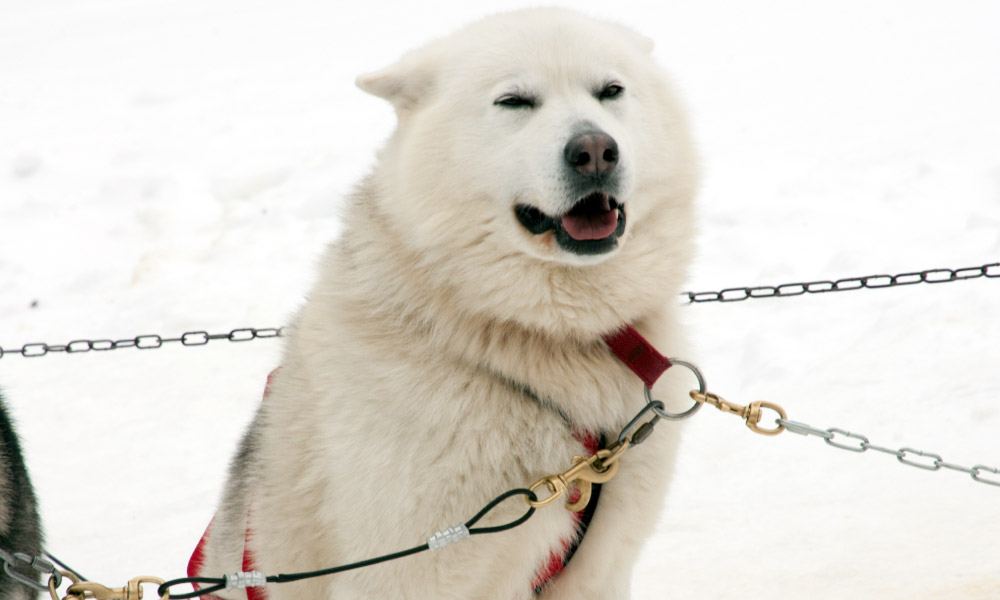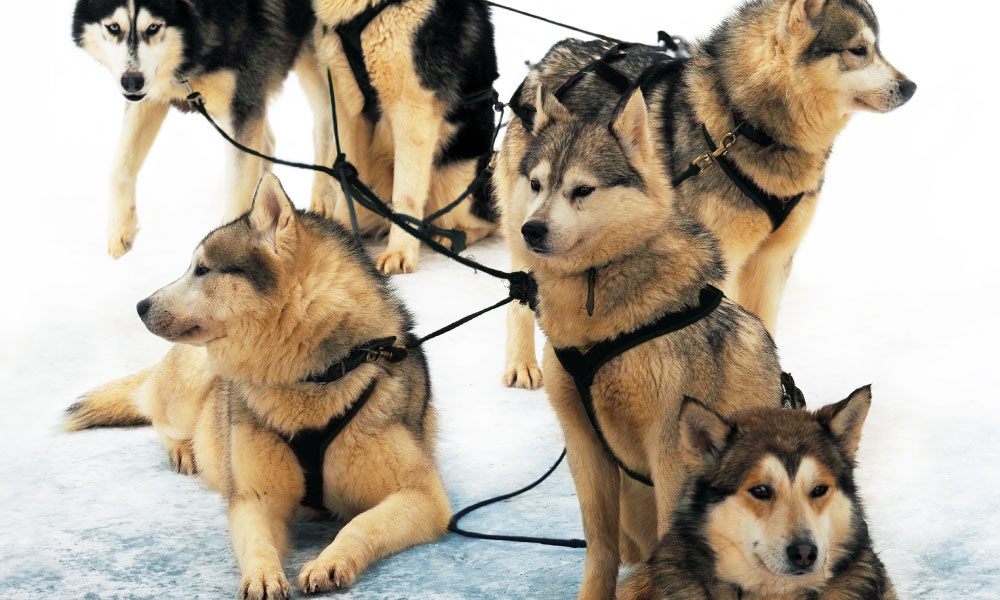
People are not Dogs, nor are they Cogs
Recently a colleague turned my attention to a blog post in the Harvard Business Review blogging area, written by Nilofer Merchant. The title of the blog post was “People are Not Cogs” (http://blogs.hbr.org/cs/2011/06/people_are_not_cogs.html). In the blog, Nilofer discussed the resistance she had encountered from senior executives among the Fortune 500 that her philosophy and writing about business matters was too “people-y oriented,” that is, her philosophy that businesses are structured by, operated by, and exist for people de-leverages the importance of management measurements and operating principles which inherently are ratio-based (revenues per employee, cost per FTE, etc.). The CEOs further argued that, while the intention of ratio-based thinking is not to dehumanize business, ratio-based thinking is an important tool in the C-suite executive’s portfolio of management practices.
Nilofer’s blog benefited from numerous comments and insights from readers which really demonstrated the complexity and multi-layered dimension to this challenge. More important to my blog and its message, it got me thinking about my own consulting challenges and made me wonder about that “magical pivot” when business move from the challenge of being too people oriented (I will explain) and the other end of the spectrum, thinking of people as cogs.
In my line of work with Acorn Growth Partners, most of my clients are senior executives who have risen over time from front-line positions to senior management within these companies. As the leadership of these companies deliberate on matters of growth, they consistently tend to think of “people” well in advance of “function”. That is, they deliberate on “what to do about Susie” or “whether Bob would be a good fit for position xyz”. My counsel to these executives is consistently to “think ‘box’ first, ‘person’ second”. By “box” I mean an artifact on a hierarchical organization chart. By “box” I mean, how do you describe the role, responsibilities, and span of control of the position? Once you’ve defined the role, then you can begin to think about the type of person – by skills, experience, expertise, and proclivity – who will be effective in that “box”.
This sort of counsel inevitably meets with initial resistance from my clients. Their first-blush reaction is that it is an impersonal approach to managing, but my response is that the exercise is more about defining the role in terms of what it is intended to do as opposed to who is doing it. Once the what is defined, then we pursue the who. This is sort thinking, one adopted, benefits executives greatly in terms of how they think about the growth of headcount in terms of the needs of the growing business. Ironically, leaders of my clients have tended to conceive a role – and its attendant responsibilities and spans of control – in terms of the person historically occupying the role, as opposed to the other way around. As such, real limitations, in terms of capacity and competency, develop and accrue across the management organization, and the organization inevitably lacks the capability to examine the business critically, or to execute valuable new, potentially complex initiatives.
In the world of dog-sledding, teams are managed as one musher leading (from the rear) a team of eight dogs. In some instances, the team might be as large as 12 dogs. But the main essence of the structure is line of sight, quality of communication between the Musher and the team, and complexity management in terms of the number of dogs and the size of the sled and payload. As I’ve discussed in previous blogs, the Musher has a very personal relationship with each dog — its capabilities, qualities, and its position on the harness – and the quality of that relationship has a distinct impact on the abilities of the team. So the question is, how does a large company maintain the quality of these type interactions and oversight while also employing appropriate managerial controls of the enterprise?
The US military seems to get this balance right. It takes great pains to deploy managerial constructs which both empower soldiers, but also maintain strict adherence to policy and process. Further, the military attempts to use management structures which allow for important communications to be easily generated and quickly disseminated to enhance the viability of the effort. We know that the Army breaks down its smallest units into fire teams – typically four to six soldiers. These fire teams roll up into squads and platoons of 25-50ish soldiers, which roll up into increasingly larger command structures which often contain hundreds of thousands of soldiers and officers – much like a very large business enterprise. The point is, while the Army clearly thinks of its own management in terms of hundreds of thousands, it rarely if ever loses sight of the individual soldier or the command structure which makes the solider optimally safe and optimally effective. While soldiers often refer to themselves as grunts or leathernecks, etc., they rarely think of themselves as cogs, nor are they conceived as cogs by the command officers.
So, to revert to the earlier premise of Ms. Merchant – there is an observable breakdown in corporations which have reached a certain size and complexity, or which have developed an unhealthy mentality about the separation of the people of the business from the business entity itself. At this juncture, the management culture may well begin to conceive its people as “cogs”.
My question is, “when do companies move from ‘people’ to ‘cogs’ in their self-conception and management?” I think this is a fascinating phenomenon and probable object lesson for students of management. As an executive who has worked in very small entrepreneurial companies, very large institutional companies, and companies owned by mid-market and large private equity companies, I have seen the “people” centric point of view, and the “cog” centric point of view. Both are limiting and inherently dangerous managerial practices. My belief is that executives must simultaneously think of the capacity of the organization in total, while also remaining keenly sensitive to how work gets done, and especially how innovation is cultivated. A balance must be achieved.
But what is the balance between “people-y” and “cog” based approaches to management? And how do you know if and when you’ve achieved it? Let me know your thoughts.
New? Start here.
Stay in the Know
Sign-up to get our latest articles delivered right to your Inbox.
"*" indicates required fields



